I am using asp.net mvc 5 and C# with Entity Framework... I have model and domain classes for function... now I need to use stored procedure.... which I am struggling at the movement.
I am following code first existing database and I have stored procedure written there. My question is how I can call that stored procedure in my web application.
Stored procedure:
ALTER PROCEDURE [dbo].[GetFunctionByID](
@FunctionId INT
)
AS
BEGIN
SELECT *
FROM Functions As Fun
WHERE Function_ID = @FunctionId
END
Domain class:
public class Functions
{
public Functions()
{
}
public int Function_ID { get; set; }
public string Title { get; set; }
public int Hierarchy_level { get; set; }
}
Function model:
[Table("Functions")]
public class App_Functions
{
public App_Functions()
{
}
[Key]
public int Function_ID { get; set; }
[StringLength(50)]
[Required]
public string Title { get; set; }
public int Hierarchy_level { get; set; }
//public virtual ICollection<App_Controllers> App_Controllers { get; set; }*/
}
BaseContext:
public class BaseContext<TContext> : DbContext where TContext : DbContext
{
static BaseContext()
{
Database.SetInitializer<TContext>(null);
}
protected BaseContext()
: base("name = ApplicationDbConnection")
{ }
}
Function context:
public class FunctionsContext : BaseContext<FunctionsContext>
{
public DbSet<App_Functions> Functions { get; set; }
}
